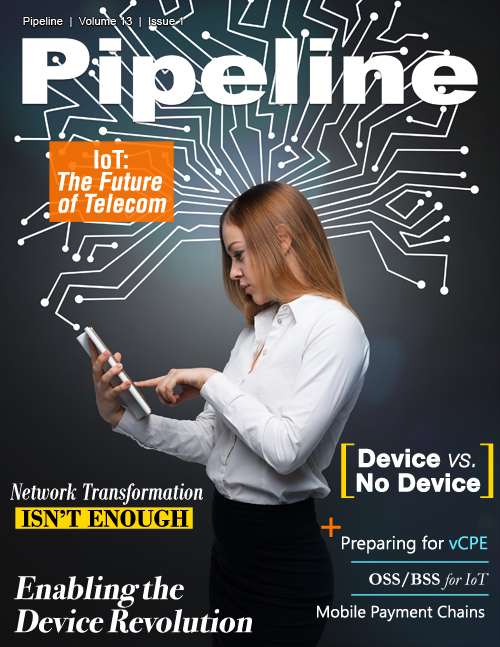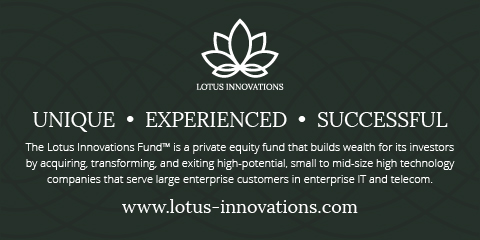Network Transformation Is Important, But Not Enough
By: Claes Cegrell

As operators eye 5G and IoT, staking a claim in the industry revolution already underway demands the power of software and IT.
Many industry stakeholders have experienced firsthand the complexity that content consumption on mobile devices has created thus far. But truthfully, they haven’t seen anything yet. Year by year, video continues to command an even larger dominance on mobile networks, driven by a surge in devices that shows no signs of slowing. The latest Ericsson Mobility Report concludes that by 2021, there will be 28 billion connected devices, 15 billion of which will be video enabled. By this time, video is also expected to account for a whopping 70 percent of all mobile data traffic, while LTE subscriptions grow by a factor of four to reach 4.3 billion.
Video and all of the devices that support it will prove to be just the tip of the iceberg. 5G will enable a widening range of use cases for the Internet of Things (IoT), such as connected cars, machines, utility meters, remote metering and consumer electronics. The report predicts that, by 2018, IoT will surpass mobile phones as the largest category of connected devices, with a compounded annual growth rate (CAGR) of 23 percent between 2015 and 2021.
Network transformation journey
The digitalization of business, evolving consumer behaviors and the proliferation of devices and content have accelerated the need for technology advances like 5G, LTE and IoT. Through advanced software, IT and the network are converging. No longer serving merely a supporting role, IT software now manages and controls the network and physical and human interactions — a business-enabling role that provides differentiation and growth. The transformative power of IT software is enabling operators to modernize network infrastructures to increase agility, performance and cost-effectiveness. It is also helping them offer a better customer experience while driving growth in new value chains and business models.
In contrast to the evolution from 2G to 3G and 4G, the focus of 5G is not on higher speeds. Rather, it is about having a network that can dynamically adapt to the unique needs of consumers, applications and IoT. 5G will drive transformative use cases that include sensors everywhere, broadband and media everywhere, smart transport and infrastructure, and control of remote devices.
The industry has a lot riding on 5G, cloud and IoT. A wide range of IoT sectors like smart meters, connected cars, smart cities, and smart health will drive eagerly anticipated new revenue streams. Gartner predicts that by 2020, the value-add of IoT across sectors will be 1.9 trillion USD globally1. Use cases range from high speed, low latency for self-driving cars to remote agriculture moisture meters that send a few bytes of data per day. The wide diversity of IoT applications demands dynamic and adaptive network delivery capabilities well beyond those of connectivity services.





















